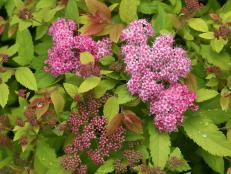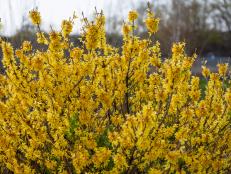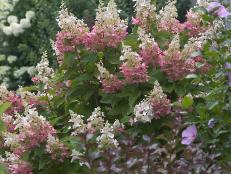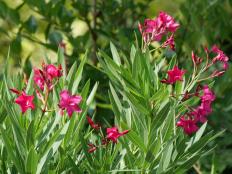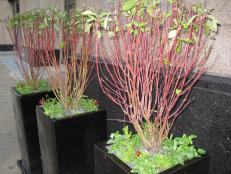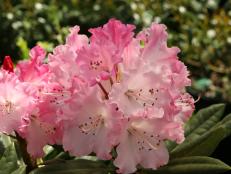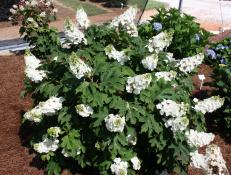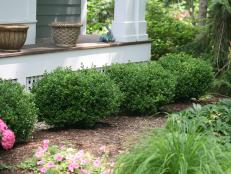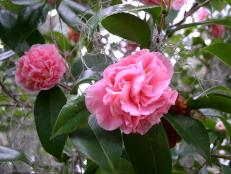Grow Sweetshrub in Your Garden


Image by Felder Rushing
Thanks to its scented flowers, you may know sweetshrub (Calycanthus floridus) as Carolina allspice, spicebush or strawberry bush. Some gardeners say the reddish-brown to dark wine-colored blooms smell spicy, while others detect hints of strawberries, pineapples, melons and other fruits. (And some people say they don’t smell any fragrance at all.)
Even the dark green leaves and bark of this deciduous shrub have an odor; when gently crushed, they smell of cloves or camphor.
This North Carolina native shrub, which is hardy in zones 5 to 9, is commonly found in dense clusters in the Appalachian and Smoky Mountains of the southeastern U.S. Gardeners in California, Oregon, and Washington, or hardiness zones 7 to 10, can grow a related variety, Calycanthus occidentalis, also called California or western sweetshrub.
Sweetshrubs are exceptionally easy to grow in your yard or garden. They’re happy in part to full shade, though they bloom more heavily in full sun. If you live in a hot climate, however, give your shrub a spot that gets some shade during the hottest part of the day.
Sweetshrub tolerates neutral to mildly acidic soils and needs watering only during periods of drought. Watch for the flowers to start opening in mid-spring; they’ll bloom on and off into the summer. The blossoms are typically small and may range in color from burgundy to reddish-brown or maroon.
Some varieties of Calycanthus floridus L., the Eastern Sweetshrub, bear orange or yellow flowers in spring and early summer and drooping fruits. The leaves of these plants turn yellow in autumn, making them a beautiful choice for fall color.
Nearly carefree sweetshrubs can be grown as foundation plantings or near a porch, deck, or other outdoor area that you use often, so you can catch their fragrance as you go by. They’re also good as background plants for shorter shrubs and flowers. But since they can become both very tall and wide, space them a minimum of 4 feet apart when you’re planting. Spacing 8 to 10 feet apart is better.
While most pests and diseases don’t both sweetshrubs, they can fall victim to bacterial crown gall. This disease causes warty-looking growth to form on stems near the ground. There’s no treatment for it, so if it strikes, remove and destroy the affected plants and don’t replant in the same spot.
Powdery mildew can also strike sweetshrubs and other plants growing in shady, humid conditions. Help prevent it by spacing the shrubs far enough apart to allow good air circulation. Watering early in the day, or watering with a soaker hose or drip irrigation system, can also help by keeping moisture off the foliage.
Once powdery mildew appears, remove any infected leaves and destroy them (don’t toss them in the compost bin, where the disease can spread). If necessary, treat your shrubs mildew by spraying with organic Neem oil. Follow the directions on the label.
Deer usually leave sweetshrubs alone, although no plant is completely safe when they are around and hungry.
Because sweetshrubs found growing in the wild are protected by law, you’re not permitted to dig them, but they’re available at many nurseries and garden centers, as well as through online plant sellers. It’s also easy to root softwood cuttings from your shrub in the summer, or remove and transplant their suckers in spring.
While sweetshrubs are attractive and useful plants, don’t confuse them with the herb allspice. Parts of sweetshrubs are poisonous and no part of these plants should never be eaten or used for cooking.






